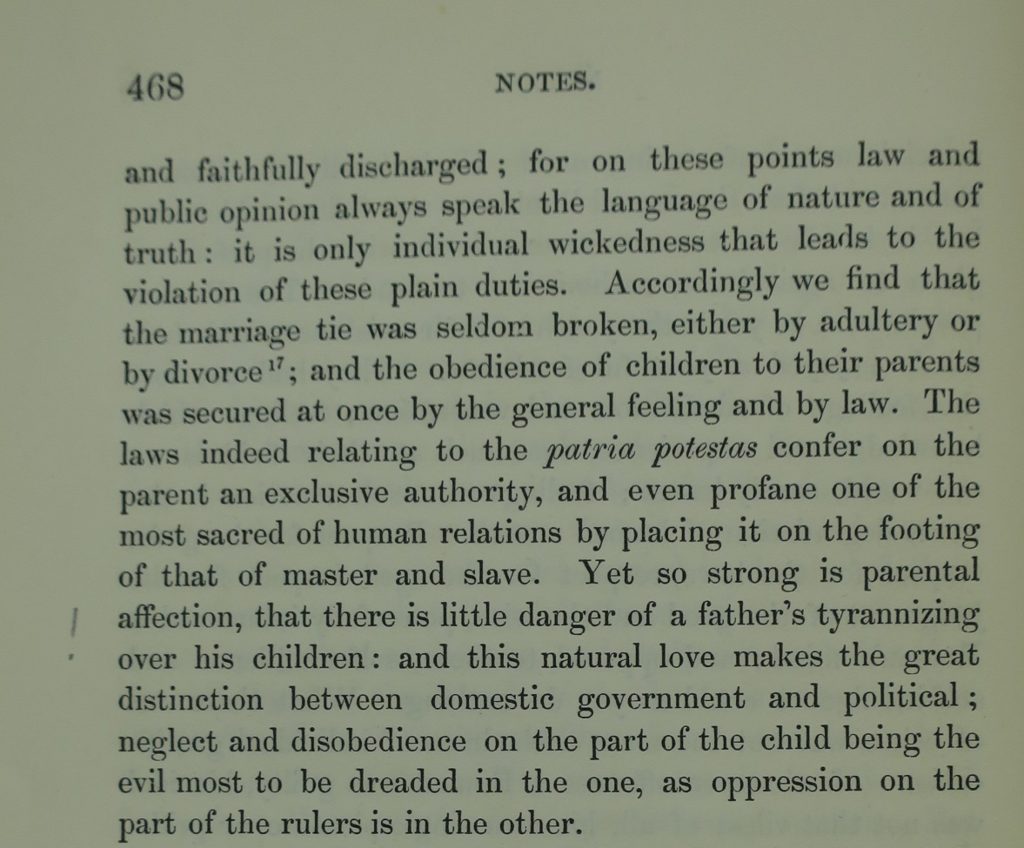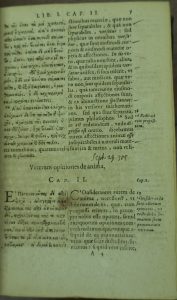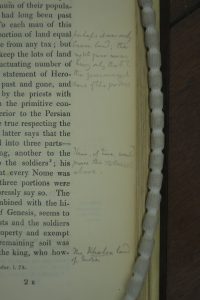In April 2020, the second of three new publications on Mill’s marginalia appeared in ILCEA4, the Revue de l’Institut des langues et cultures d’Europe, Amérique, Afrique, Asie et Australie, which put out a special issue on international Digital Humanities research (https://journals.openedition.org/ilcea/8568). My contribution, “Handwritten Marginalia and Digital Search: The Development and Early Research Results of Mill Marginalia Online,” sought to introduce the journal’s international audience to Somerville’s John Stuart Mill Collection, the ongoing collaborative effort to digitize its marginalia, and Mill’s specific marginalia in Alexis de Tocqueville’s De la Démocratie en Amérique (1835-40) and Auguste Comte’s collected works, including Cours de Philosophie Positive (1830-42) and Système de Politique Positive (1851-54).
The scope of this article thus allowed me to acknowledge the important previous work undertaken to assemble Charles Darwin’s Library and Melville’s Marginalia Online, both of which were models for Mill Marginalia Online. I was also able to recognize two of the granting bodies supporting our digitization efforts, the NEH and the Gladys Krieble Delmas Foundation, to talk about the exciting early discoveries made in Mill’s library, and to attempt a technical description of the project suitable for non-technical readers.
The specific marginalia in Tocqueville and Comte’s works was selected for its importance in nineteenth-century intellectual history and to appeal to the journal’s many French readers. Mill also annotated very differently in response to Tocqueville and Comte. The former prompted a relatively small number of significant verbal comments, often skeptical, in response to his then-friend’s analysis of America’s great social and political experiment in representational democracy and over-determining expressions of public opinion. These are in contrast to his published encomiums concerning Democracy in America. Mill’s much greater number of marks in Comte’s works are, as detailed in my previous post, much briefer and appear undertaken to support his very public critique of Comte’s intellectual legacy.
Mill arguably did more than anyone else to introduce his countrymen to the ideas of both Tocqueville and Comte. His reviews of 1835 and 1840 elevated Tocqueville’s concerns about “the tyranny of the majority” and the tension between liberty and equality to the forefront of subsequent debates over the character of England’s emerging democracy. And, as he himself recognized in his Autobiography and as subsequent historians of sociology have endorsed, Mill “contributed more than any one else to make [Comte’s] speculations known in England” (CW I.271). However, as the marginalia in his personal copies of both men’s work attests, Mill initiated this intellectual leavening of British intellectual history with radically different methods of reading and annotation.
—Albert Pionke, Project Director




